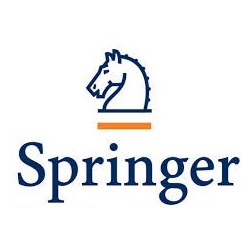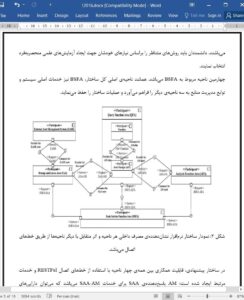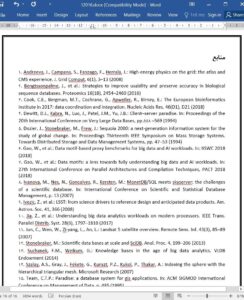Abstract
The existing Scientific Data Management Systems (SDMSs) usually focus on a single domain and the interaction pattern of each subsystem is complex. What’s more, the heterogeneity and multi-source of Scientific Big Data (SBD), resulting in a wide variety of databases, scientific devices and functional areas, make the incompatibility and conflict between system modules inevitable. In this context, the paper focuses on the design and technology requirements of a multi-domain and sub-role oriented software architecture. Through integrating multiple databases, third-party systems and related tools, this architecture realizes both the storage and the sharing of multi-domain and multi-type SBD. Particularly, this architecture is divided into four independent functional areas and corresponding roles are designed, which enhances the decoupling and extensibility of the architecture. In addition, this paper has a formal description of the partition design from the perspective of role. On this basis, this paper also shows the typical application scenarios under different roles. The rationality and comprehensiveness of the proposed architecture are proved by describing the architectures design and technology.
1 Introduction
The development of instruments and computing facilities leads to the geometric increase of scientific data, for example, the Large Synoptic Survey Telescope (LSST) in the field of astronomy generates 15–30 TB raw data every night [9]; the Large Hadron Collider (LHC) in the field of high energy physics generates 40PB of experimental data each year [1]. Similar trends have also been observed in life sciences [3], earth sciences [11], biology [2], and so on. At the same time, due to the complexity of scientific experiments, SBD often presents the characteristics of high dimension and complex structure.
6 Conclusion
This paper proposes a software architecture model to manage multi-domain and heterogeneous SBD. Asset storage, analysis, visualization, and external systems access are integrated into one architecture through different services which are implemented by RESTFul interfaces. In addition, this paper formalizes the design of the architecture from the perspective of role to have a deeper understanding of the architecture in the future.











